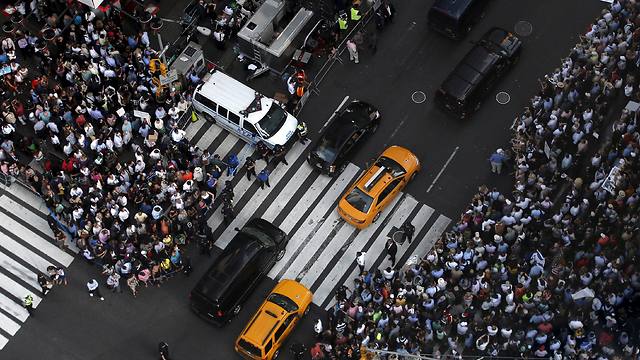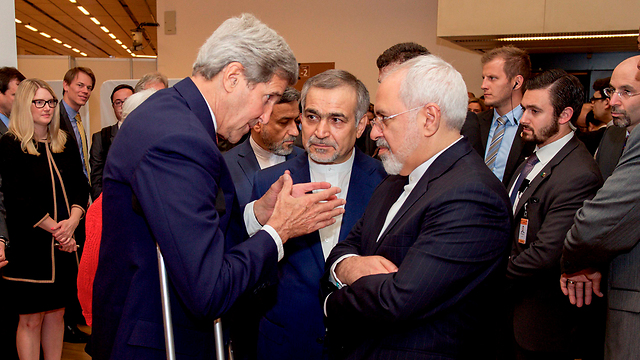Analysis: Many of the assumptions—good and bad—made by pundits and politicians after the Iran deal was signed in 2015 have proven false so far. What may be next for the Shi’ite state?
A little over a year after the Iran nuclear deal was signed, it seems that some of the predictions that accompanied it have failed the test of time. Those who assumed Iran would do anything to avoid implementing the agreement were wrong, as were those who thought it would strengthen democratic forces in the Shi’ite state and weaken the Islamists. Those who thought Iran would continue talks with the US after the deal were mistaken, and so were those who thought it would be flooded with European investments.
In practice, Iran strengthened its ties to Russia and Syria, rather than Europe or the US. The conservatives tightened their grip on the state and reinvigorated the witch hunts against their opponents. Western corporations are still far from investing in Iranian markets, not just because of the difficulty in acquiring guarantees and funding, but because of the non-measurable risks that usually accompany investing in these kinds of countries. It took British Airways a year to open a line to Tehran. Not many other airlines are eagerly awaiting their turn.

Reality, then, is showing us a different view of this deal than before. Iran, according to it, lost the will—and the money—to keep developing its military-side nuclear capabilities. It basically gave those up, but did not give up the image held in the eyes of the world—that it wanted to be seen as a nuclear power. For nearly a decade, until 2013, this image served Iran quite well. Its influence in the Muslim world grew, nations started to treat it with respect. The Iranians’ vagueness and braggadocio also fitted the character of its president between 2005 and 2013, Mahmoud Ahmadinejad—a man of both proud vision and paranoid sentiment.
This vagueness became less and less of an asset in the two years that preceded the nuclear deal. The state’s investments in the development and acquisition of unneeded nuclear technologies became more and more burdensome to the local economy, and were less and less justifiable by the excuse of local scientific advancement. Israel was shouting, the West was ratcheting up sanctions and badly hurting the economy’s core—oil exports—which had been decreased already. When the cost of the boasts exceeded their value, Iran initiated talks with the United States. The Iranians intended on selling a product they did not yet own—one called “future nuclear weapons armament.”

And this gamble by the leaders in Tehran paid off. They “gave up” their non-existent plans to bring about their military-nuclear capabilities, and in return got the sanctions halted, were embraced by the world, and—most of all—were given almost total internal and external freedom of action. The moment the ink on the signed deal dried, the only thing Western statesmen noticed was the number of idle centrifuges and the amount of enriched uranium that was destroyed.
As if by magic, the West ceased to be interested in the assistance Iran was providing to the mass murderer Bashar Assad. Leaders in western capitals looked away from Iranian human rights violations as well: The arrests, detentions, the stomping out of free speech. Recently, we even found out that Iranian leaders managed to squeeze a ransom payment from the Obama administration, consisting of hundreds of millions of dollars that went straight into the same leaders’ pockets, in return for the release of American citizens held in Iranian jails.

The removal of international sanctions (some American sanctions are still present) has not changed the overall dismal picture of the Iranian economy. The main blocks to its development are still government oversight of major markets, a lack of preservation of property rights, huge government spending on subsidies, a decades-old technology gap, and the infamous Revolutionary Guard’s control of about a third of the economy.
The government in Tehran is far from implementing the Chinese model of a global, growing, capitalistic economy, alongside cultural freedoms and a one-party rule (albeit one that is free of idiology). The Ayatollahs definitely don’t want that—whatever their opinions on nuclear misadventures may be.
As reported by Ynetnews
